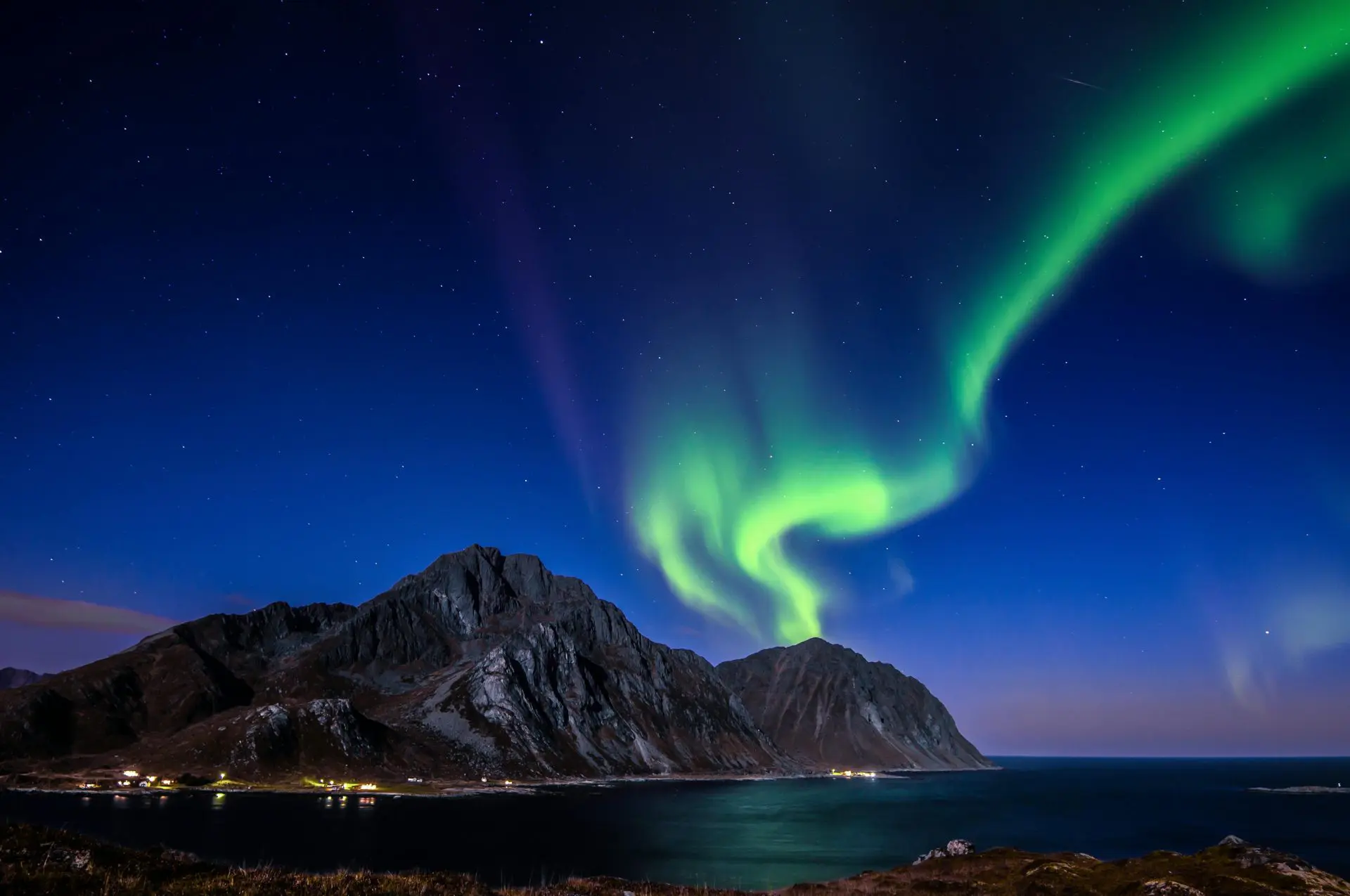Camping in National Forests: What to Know

Looking for more amazing products? Check out our online store and explore our collection here! Happy shopping!
Before diving in, please note: This post is for informational purposes only. If you’d like to know more about how we approach topics, feel free to check out our friendly Disclaimer Page.
Hey there, amazing readers! 
We’re committed to delivering quality posts, and your support (even just sticking around despite the ads) means everything to us. So, bear with us, and thanks for helping us keep the good vibes rolling. Now, on to the fun stuff!
TRANSLATE BUTTON AT THE END OF THE ARTICLE
A Quick Overview
Camping in national forests offers a unique opportunity to immerse yourself in nature, away from the hustle and bustle of everyday life.
These vast expanses of protected land provide a serene setting for outdoor enthusiasts to enjoy a variety of activities, from hiking and fishing to stargazing and birdwatching.
However, before you embark on your camping adventure, there are several essential things to know to ensure a safe and enjoyable experience.
Why Camp in National Forests?
National forests serve as a haven for wildlife and a sanctuary for nature lovers.
Unlike national parks, which are more heavily regulated, national forests often offer more flexibility for camping and recreation.
This freedom allows campers to truly disconnect from the outside world and reconnect with the natural environment.
Additionally, camping in national forests is typically more affordable than staying at private campgrounds, making it an accessible option for budget-conscious travelers.
Regulations and Permits
While national forests are public lands, there are still regulations in place to protect the environment and ensure the safety of visitors.
Before setting up camp, it’s important to familiarize yourself with any specific rules and regulations for the area you plan to visit.
Some forests may require permits for camping, especially in designated wilderness areas.
Be sure to obtain any necessary permits in advance to avoid any issues during your stay.
Leave No Trace Principles
When camping in national forests, it is crucial to follow Leave No Trace principles to minimize your impact on the environment.
These principles include things like packing out all trash, staying on designated trails, and respecting wildlife.
By practicing Leave No Trace, you can help preserve the natural beauty of the forest for future generations to enjoy.
Choosing a Campsite
Selecting the right campsite can make or break your camping trip.
When choosing a campsite in a national forest, look for a spot that is level and free of hazards like dead trees or loose rocks.
Consider proximity to water sources and bathroom facilities, but be sure to camp at least 200 feet away from lakes and streams to protect water quality.
Take into account factors like sun exposure, wind protection, and privacy when choosing your campsite.
Campfire Guidelines
Campfires can be a cozy addition to any camping trip, but it’s essential to follow the rules for campfires in national forests.
In some areas, campfires may be prohibited during times of high fire danger.
If fires are allowed, be sure to build them in designated fire rings or pits and never leave them unattended.
Always fully extinguish your fire before leaving your campsite to prevent wildfires.
Wildlife Safety
Encountering wildlife is a thrilling part of camping in national forests, but it’s important to respect their space and follow safety guidelines.
Store food properly to prevent attracting bears and other animals to your campsite.
Keep a safe distance from wildlife and never approach or feed them.
Familiarize yourself with any potential hazards in the area, such as venomous snakes or aggressive animals, and know how to respond in case of an encounter.
Packing Essentials
When camping in national forests, packing the right gear is essential for a comfortable and safe experience.
Some essential items to pack include a tent, sleeping bag, sleeping pad, stove or campfire cooking equipment, food and water, clothing layers for varying temperatures, a first aid kit, a map and compass or GPS device, and a flashlight or headlamp.
Be sure to pack out everything you bring in to adhere to Leave No Trace principles.
Water Sources
Access to clean water is crucial when camping in national forests.
While some campgrounds may have potable water available, it’s always a good idea to bring your own water or a water filtration system to ensure a safe drinking supply.
Be aware of any potential contaminants in natural water sources like lakes and streams and take precautions to purify water before drinking or cooking with it.
Emergency Preparedness
No matter how meticulously you plan your camping trip, unexpected emergencies can arise.
Before heading into a national forest, make sure someone knows your itinerary and expected return date.
Carry a well-stocked first aid kit and know basic first aid procedures.
Familiarize yourself with the area’s emergency protocols and contact information for local authorities in case of an emergency.
BLM vs National Forests
While both Bureau of Land Management (BLM) land and national forests are public lands managed by the federal government, there are some key differences between the two.
BLM land tends to be more open for various uses, while national forests have more designated campgrounds and recreational facilities.
National forests are often more heavily forested than BLM land, offering a different camping experience.
Consider the terrain, facilities, and regulations of each type of land when planning your camping trip.
Best National Forests for Camping
National forests across the United States offer a wide range of camping opportunities, from mountainous landscapes to coastal forests.
Some of the best national forests for camping include:
White Mountain National Forest, New Hampshire: Known for its scenic beauty and abundant hiking trails.
Olympic National Forest, Washington: Offers diverse ecosystems, including rainforests and alpine meadows.
Shawnee National Forest, Illinois: Features stunning rock formations and the Garden of the Gods wilderness area.
San Bernardino National Forest, California: Provides access to the San Gorgonio Wilderness and Big Bear Lake.
Chattahoochee National Forest, Georgia: Home to the Appalachian Trail and picturesque waterfalls.
Each national forest has its unique charms and camping opportunities, so research the area you plan to visit to find the best fit for your camping style and preferences.
Conclusion: Enjoying the Outdoors
Camping in national forests offers a chance to escape the noise and distractions of modern life and immerse yourself in the beauty of nature.
By following regulations, practicing Leave No Trace principles, and being prepared for emergencies, you can enjoy a safe and memorable camping experience.
Whether you’re a seasoned camper or new to the outdoor lifestyle, national forests provide a diverse range of landscapes and recreational activities to explore.
So pack your gear, hit the trails, and savor the serenity of camping in these natural wonders.

The Enlightenment Journey is a remarkable collection of writings authored by a distinguished group of experts in the fields of spirituality, new age, and esoteric knowledge.
This anthology features a diverse assembly of well-experienced authors who bring their profound insights and credible perspectives to the forefront.
Each contributor possesses a wealth of knowledge and wisdom, making them authorities in their respective domains.
Together, they offer readers a transformative journey into the realms of spiritual growth, self-discovery, and esoteric enlightenment.
The Enlightenment Journey is a testament to the collective expertise of these luminaries, providing readers with a rich tapestry of ideas and information to illuminate their spiritual path.
Our Diverse Expertise
While our primary focus is on spirituality and esotericism, we are equally passionate about exploring a wide range of other topics and niches 

To ensure we provide the most accurate and valuable insights, we collaborate with trusted experts in their respective domains 
Our blog originally focused on spirituality and metaphysics, but we’ve since expanded to cover a wide range of niches. Don’t worry—we continue to publish a lot of articles on spirituality! Frequently visit our blog to explore our diverse content and stay tuned for more insightful reads.
Hey there, amazing reader! 
Check out our store here and take a peek at some of our featured products below! Thanks for being awesome!











